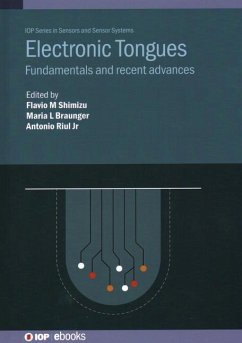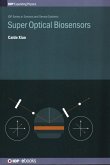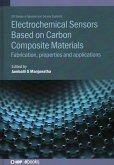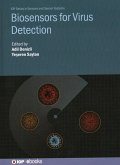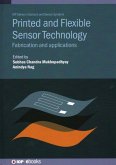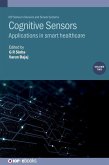This book provides the reader with the history, fundamentals and theoretical aspects of electronic tongues and their applications. It covers strategies to discriminate analytes in complex liquid media with simple and robust tools, the design and the miniaturization of multisensory systems, the novel chemical materials employed and advances in computational tools employed for information visualization and interpretation. In recent years, tremendous advances have been made in the field, most of them focused on advanced computational methods for information visualization and in the miniaturization of systems to allow portability. Including recent developments and fascinating attributes of multisensory systems based on nanostructured materials, including 2D materials, graphene and other polymeric nanostructures. The topics covered in the book are of vital importance in a wide range of modern and emerging nanotechnologies employed or to be employed in a range of industries and monitoring situations, and consequently have a great impact on our society. The main objective of the book is to provide the reader with a basic understanding of the key principles of electronic tongues and the recent advances in the field and will be a key resource for sensor and materials scientists and researchers from universities, industry and national laboratories working in the field of multisensory systems. The reader will understand the approaches to discriminate and classify analytes through the novel design of electrodes, nanostructured chemical materials, and advanced computational methods for information visualization. Key Features * Interdisciplinary. For researchers from chemistry, food science, engineering, instrumentation, electrochemistry, pharmacology, physics, and computer science. * Includes theoretical aspects of detection techniques and applications * Highlights novel nanomaterials and nanotechnology strategies for sensing enhancement * Features advances in computational methods for multidimensional data visualization * Concludes with a roadmap for sensorial data combining machine learning and data mining techniques

